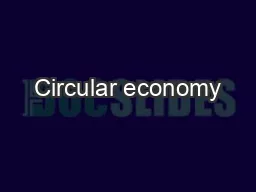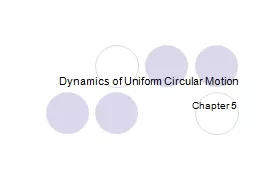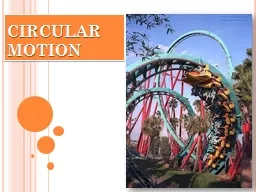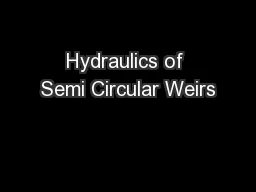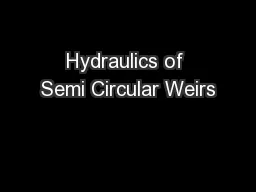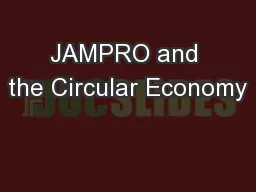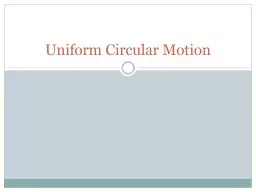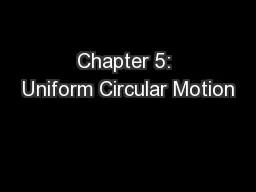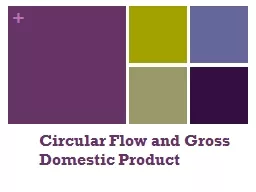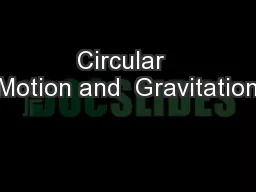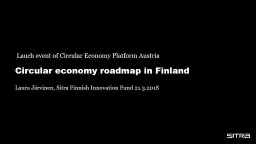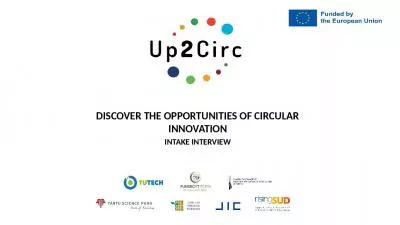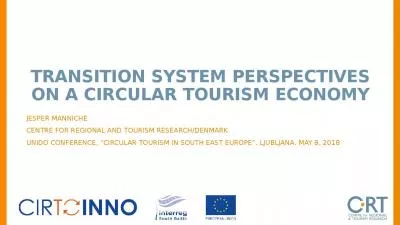PPT-Circular economy
Author : phoebe-click | Published Date : 2017-12-19
An MRO scenario Brussels 2930 November 2016 Speaker Angelo Corallo Introducton cPDM Research Lab Università del Salento Introduction Avio Aero a GE Aviation
Presentation Embed Code
Download Presentation
Download Presentation The PPT/PDF document "Circular economy" is the property of its rightful owner. Permission is granted to download and print the materials on this website for personal, non-commercial use only, and to display it on your personal computer provided you do not modify the materials and that you retain all copyright notices contained in the materials. By downloading content from our website, you accept the terms of this agreement.
Circular economy: Transcript
Download Rules Of Document
"Circular economy"The content belongs to its owner. You may download and print it for personal use, without modification, and keep all copyright notices. By downloading, you agree to these terms.
Related Documents

